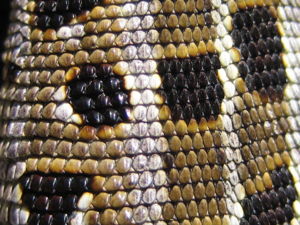Difference between revisions of "Lizard Integument"
| Line 17: | Line 17: | ||
| − | =References== | + | ==References== |
* Mader, D.R. (2005). ''Reptile Medicine and Surgery''. Saunders. pp. 1264. ISBN 072169327X | * Mader, D.R. (2005). ''Reptile Medicine and Surgery''. Saunders. pp. 1264. ISBN 072169327X | ||
Revision as of 22:29, 25 February 2010
| This article is still under construction. |
Lizards have relatively thick skin with ectodermal scales formed by folding of the epidermis and outer dermal layers. Lizards undergo reguler periods of shedding (ecdysis) during which the skin comes off in large patches. Frequency depends on the species, temperature, humidity, state of nutrition, and rate of growth. Presence of wounds or skin infections maybe increase the frequency of shed cycles.
Lizards such as geckos have soft, vulnerable skin.
Gila monsters, beaded lizards, some skinks, legless lizards, and girdle-tailed lizards have osteoderms, or dermal bony plates, usually confined to the back and sides. Secondary sex characteristics such as dewlaps, spines, crests and horns are generally more developed in male lizards. Spines can also serve a protective role in bearded dragons, horned lizards and the moloch (Moloch horridus).
Claws are usually large and well developed with sharp points in large species like iguanas and monitors. They can be trimmed regularly to prevent scratches and nails should be trimmed prior to a physical examination.
A lateral skin fold between the fore and hind limbs provides a convenient site for the subcutaneous injection of fluid.
Colour
In species that have rapid colour changes (Chamaeleo spp. and Anolis spp.) cells called chromatophores are abundant and under hormonal or neurologic control (or sometimes both). Chromatophores are pigmented cells, located just beneath the basal lamina, that may react to stimulation from light or changes in temperature.
References
- Mader, D.R. (2005). Reptile Medicine and Surgery. Saunders. pp. 1264. ISBN 072169327X
